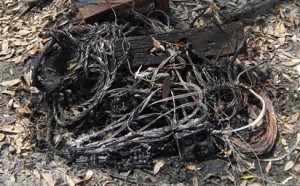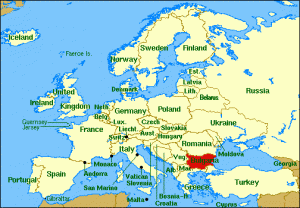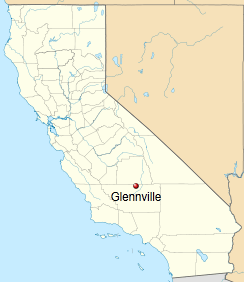DSL Threatened by Obsolescence in Asian-Pacific Region; Fiber Broadband Replaces Old School Internet
Fixed line DSL service is at risk of obsolescence in Asia and the Pacific thanks to the widespread deployment of fiber optic cable.
According to a report from the industry analyst firm Ovum, fiber broadband will surpass DSL’s market lead in the Asia-Pacific region by 2014.
Study co-author Julie Kuntsler says Hong Kong, Japan, Korea and Taiwan has already achieved more than 25 percent penetration of fiber to the home in those countries, and the People’s Republic of China’s accelerated fiber deployments mean that country is also on track to retire millions of miles of obsolete copper wiring in favor of fiber-delivered broadband.
With China’s enormous population, even today’s small percentage of Chinese citizens with access to fiber, currently 4 percent, still delivers a staggering number of customers now in excess of 74 million.
But fiber broadband growth is not just limited to those countries. Fiber expansion projects are underway in Australia, Bangladesh, India, Indonesia, Malaysia, New Zealand, Pakistan, the Philippines, Singapore, Thailand, and Vietnam — growth that will deliver faster broadband expansion than found in North America, where most phone companies continue to rely on traditional DSL, especially in rural service areas.
Factors that help promote fiber broadband deployment include cohesive national broadband policies from governments that insist on more than incremental broadband expansion, financial incentives for providers who install fiber broadband for consumers, and a population that wants fiber-fast Internet speeds.
The Fiber to the Home Council – Asia-Pacific predicts that 129 million customers in the region will dump copper wire DSL for fiber to the premises by 2014. Cable broadband will also increase its market share. Combined, the two technologies will shove traditional DSL to second place, as the technology is expected to see no market share growth for the foreseeable future.


 Subscribe
Subscribe









